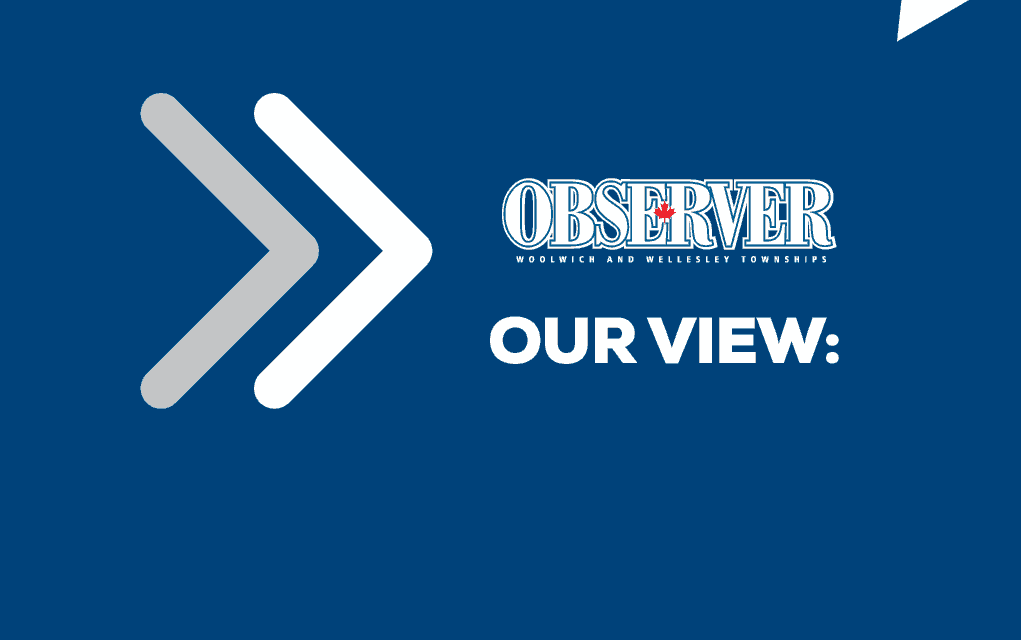;
;
;

The writing was on the wall a year ago when Woolwich decided it would drop $60,000 on an unneeded organizational review: the consultant’s report would be an excuse to hire more staff. A year later, lo and behold, a report surfaces that recommends hiring more administrative staff. That’s no surprise,
Last updated on May 03, 23
Posted on Apr 18, 19
2 min read
